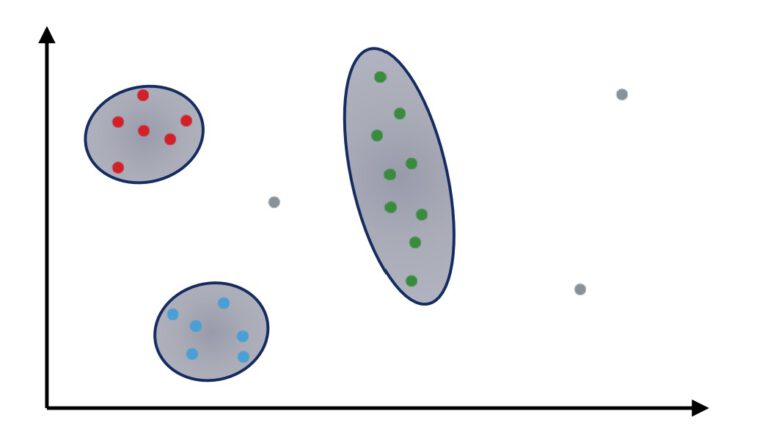
Chapter 3: Climate Resilience Ratings and Indexes
Many research groups are developing climate resilience frameworks to calculate an index or provide a rating on how resilience infrastructure is to climate (change) impacts. My research is synthesizing these studies and looking for clusters in the existing frameworks. Many resilience indexes to not include considerations of future changes when assessing infrastructure projects or systems. Existing frameworks use many criteria to quantify resilience, which I hope to reduce into a handful to facilitate a decision on what framework to use.
Chapter 2: Using climate model data to project future weather and climate for engineering design
Climate change influences multiple input parameters for the engineering design process and I am looking into pilot projects and methods for climate-change-informed designs. This includes new infrastructure ideas to address issues with changing natural and anthropogenic circumstances and the question how to utilize climate model data for projecting future loads.
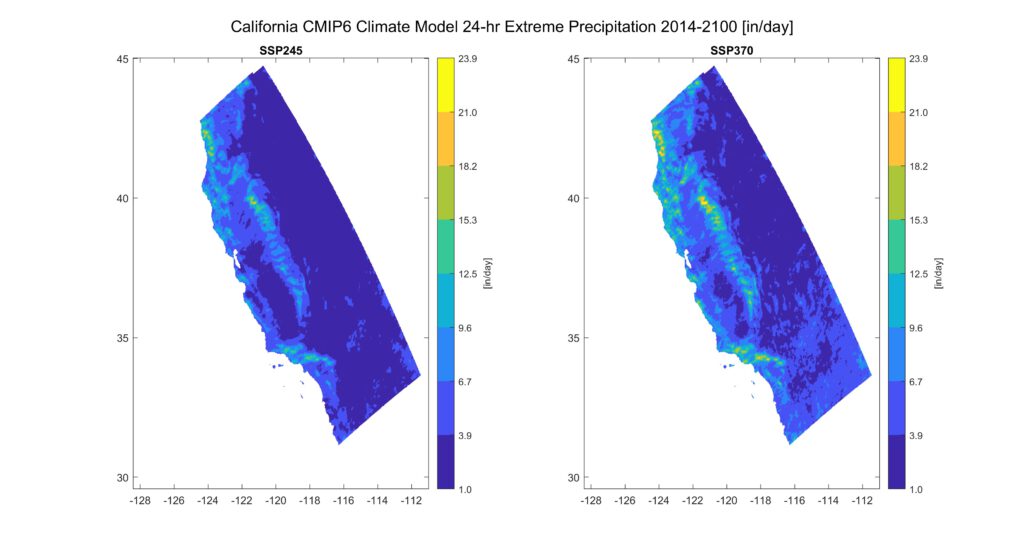
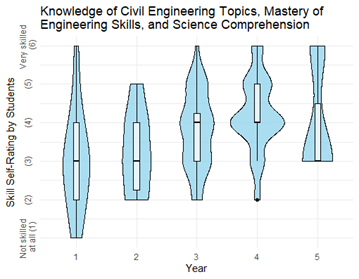
Chapter 1: Climate Adaptation in Civil Engineering Education
To succeed in climate adaptation, the engineering profession needs to embrace new skills, methods and technologies. I developed a survey to explore what underlying constructs are part of civil engineering climate adaptation and used pilot data in statistical models to test what factor affect students climate adaptation knowledge and attitude towards transforming the industry. This survey can be used by other educators. Reach out to me for a list of items!
Masters Project Life Cycle Assessment (LCA)
During an Life Cycle Assessment Class I started a project on comparing different Managed Aquifer Recharge technologies on their environmental impacts during the construction projects based on the infiltration they provide.
For comparing MAR technologies based on efficiency, hydraulic assumptions must be made and the developed LCA model needs to account for energy and material during the production process as well as the end-of-life use of specific MAR sites. The question is: What system is the most sustainable to recharge my aquifer under which conditions? A question that is worth answering, especially in California.

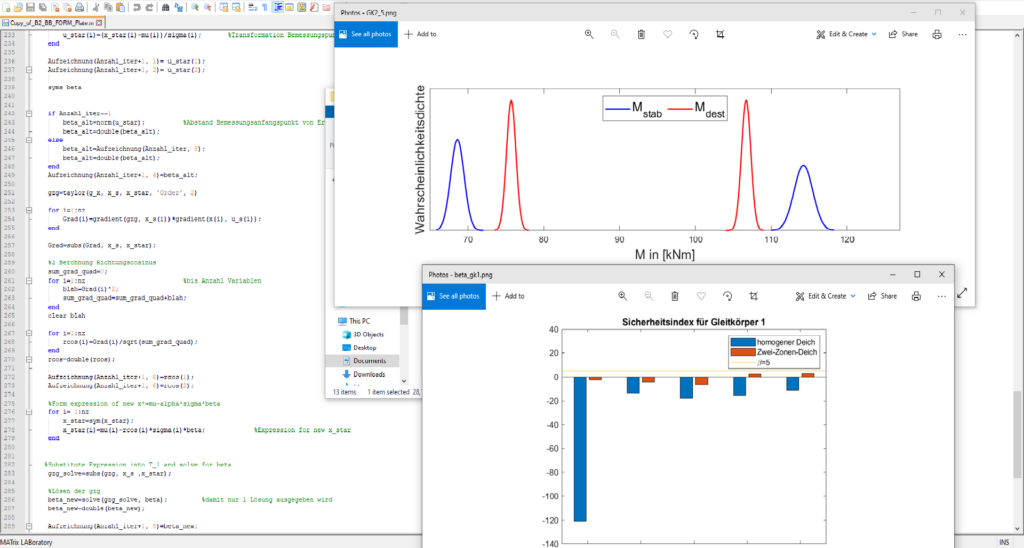
Diploma thesis research at TU Dresden
During my Diploma thesis research of 4 months I worked under Dipl.-Ing. Niklas Schwiersch at the Institute of Hyrdaulic Engineering and Technical Hydromechanics exploring mathematical methods for the modeling of failure probability design.
Research included modeling baseline cases to test alternatives to Monte Carlo methods and discussing its application in engineering practice and consulting.
Visiting student research UNR
Research in the geotechnical engineering lab group around soil structure interaction during earthquakes. Liquefaction of saturated sandy soils, a process during earthquake strong shaking leaves buildings tilting and causes strong foundation settlement in some cases. My reserach centered on ejected ground near buildings, forming ’sand volcanos‘ and an analysis of historic case studies. The statistical data from this can be used to point towards knowledge gaps between the soil and the response of building during earthquake events.
During my time at the University of Nevada, Reno I was supported by the Fulbright Travel Grant as well as the Promos Scholarship by the German Academic Exchange Service.
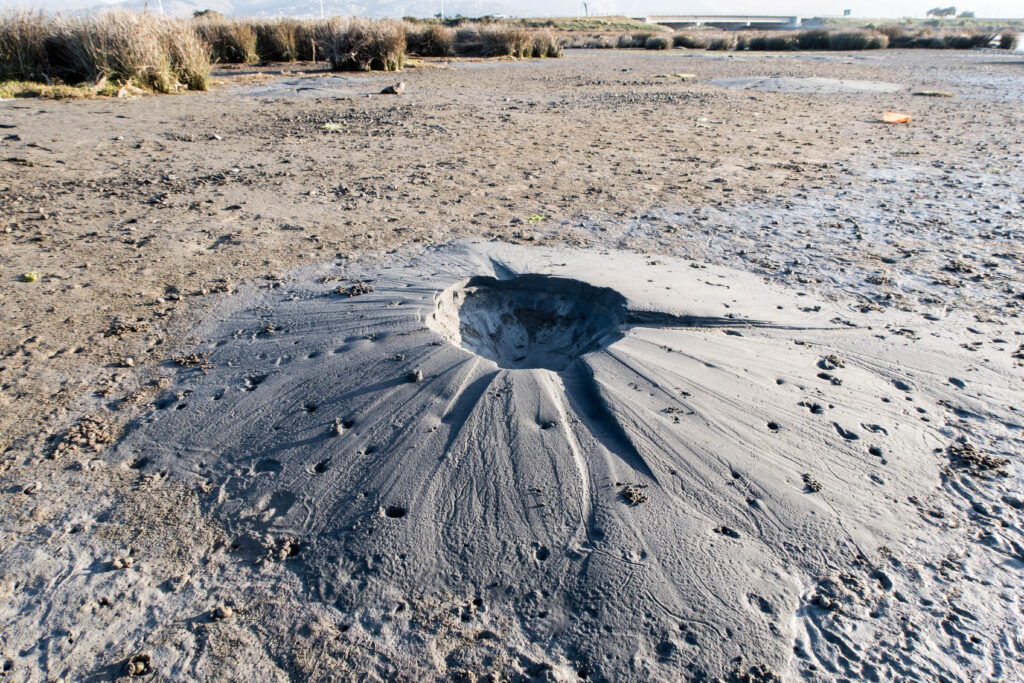

Undergraduate Research at TU Dresden
During my time as undergraduate in Dresden I was working for PhD students and faculty supporting research on wave impact on shores, especially wind wave impact on artifical lakes in former opencast mines. My focus was on testing open access modelling code/software of sediment transport (on sea shores) on its applicability to model artificial lakeshores and case studies of slope stability.